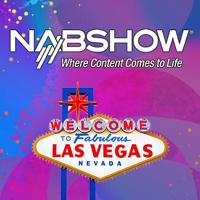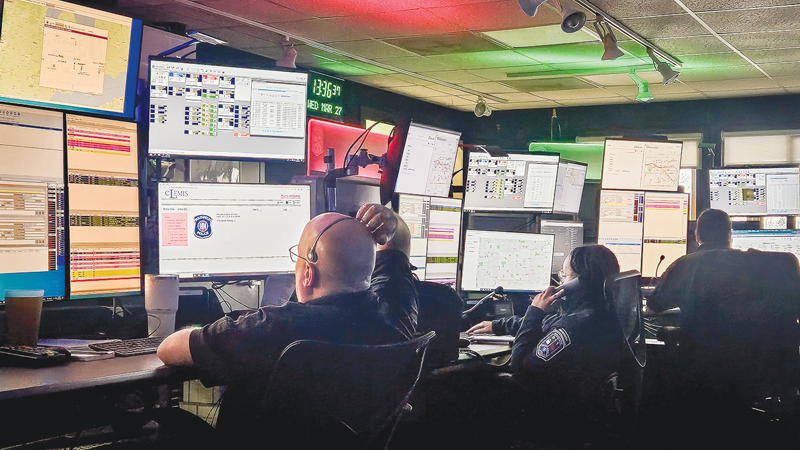High-Tech Hybrid Radio System Opens New Audience Insights. | Story
3 min read
Robust real-time radio listening data for millions of cars in the U.S. enabled by Xperi’s DTS AutoStage is delivering a treasure trove of new insights for programmers and salespeople. With 6.5 million activated cars worldwide, including more than 4 million in the U.S., the sample sizes for Xperi’s data dwarf those of Nielsen, providing a stability not seen before in a national U.S. radio measurement service. However, the exact definitions of terms used by Xperi to describe listening are somewhat fuzzy and radio’s new source of big data is seen as a complement to Nielsen, similar to how return path data from set-top boxes is used to augment TV viewing estimates.
“I think it’s going to fundamentally revolutionize how radio conducts their business and understands their audience,” Joe D’Angelo, Senior VP of Broadcast Radio and Digital Audio, Xperi, said Monday at NAB Show 2024 in Las Vegas.
To date the system has tracked 1.3 billion so-called radio engagement confirmations. Pierre Bouvard, Chief Insights Officer, Cumulus Media calls them listening occasions. “This is the volume, the sample sizes here are mind blowing,” Bouvard said during a panel that focused on the listening data and analytics produced by Xperi’s hybrid radio system.
With 12 automakers now shipping AutoStage-equipped vehicles, including Ford, Nissan, BMW, Mercedes Benz, Hyundai and Kia, and six more signed up, the platform has a “wide and diverse audience,” Xperi says, with 80% of equipped cars selling for less than $65,000.
And those cars are delivering listening insights in markets large and small. There are 470,500 equipped cars in Los Angeles, 303,800 in San Francisco, and 141,400 in Miami/Palm Beach. Activated cars are on the road in smaller markets, too. Lake Charles, LA has 8,107 cars with DTS AutoStage, Abilene, TX has 2,296, Yakima, WA 1,992 and Billings, MT 762.
While an internet-connected infotainment system that spits out listening data is far from an MRC-accredited currency-grade measurement service, Bouvard compared these numbers to Nielsen’s average daily in-tab rates. “That means in Lake Charles, there’s 8,107 in an average day over the last month or so,” Bouvard said. “And if you think about a typical [Nielsen] diary market, let’s say with 1,200 people in a book or 1,200 diaries, that’s only 100 a week.”
Greg Strassell, Executive VP/Programming, Hubbard Radio, called it a “less volatile” sample size. “Sometimes you’ll get a ratings report and say, ‘We’re down this month. Did we do something wrong or was it the sample?’ This is another way for me to look at this. We’re jumping in at Hubbard just to learn this. I think we’re in the first inning of what this data means.”
As an example of the granular data produced by the hybrid radio platform, D’Angelo displayed a “station reach” bar chart for Hubbard’s “KS 95” KSTP Minneapolis showing day-by-day listening percentages. “KS 95” spiked to 13% on March 7, compared to several days before and after that were in the 8% range. Xperi’s “station reach” metric, which wasn’t precisely defined in the NAB Show presentation, is closer to Nielsen’s AQH share than it is to cume.
A “station spotlight” for Hubbard’s KPNW Seattle showed listening before and after its April 1 format flip from adult alternative back to country. “We’ve been tracking it every day,” Strassel said. “You can start to see the tracking pop and we’re seeing it now on a consistent basis.”
By D’Angelo’s calculations, KPNW as adult alternative had a 1.89 share of in-car data before jumping to 2.69 with the country format.
An “audience spotlight” chart plotted listening by hours with huge spikes in drivetimes, which makes sense for a sample base made up entirely of cars.
Mike Hulvey, incoming President and CEO of the Radio Advertising Bureau, said he sees value in sharing “heat map” data with advertisers that show where the local radio listeners are in relation to the market’s traffic flow. “From the RAB perspective and globally for the radio broadcasters, there’s such a demand for information and measurement,” Hulvey said. “And this gives us another tool that’s new, real time and happening in the car.”
link





:max_bytes(150000):strip_icc()/Best-RFID-Wallets-TL-tout-835fb06ef988499ca2c625bc3a007c92.jpg)
